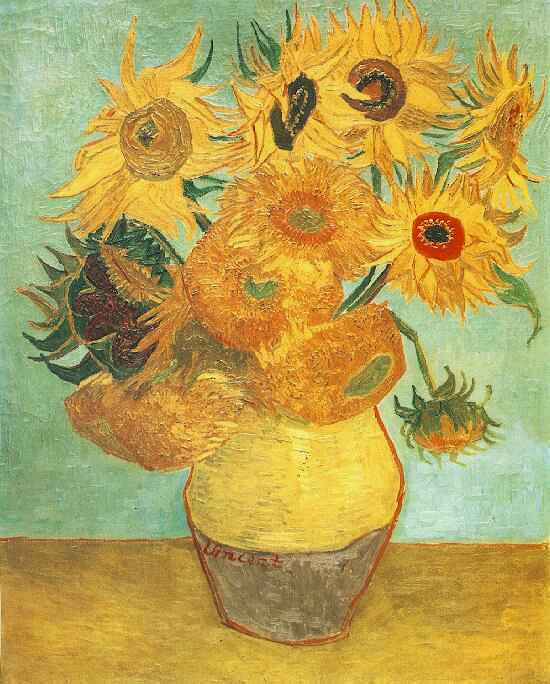Amsterdam
has a lot to offer the tourist apart from tulips, canals, bikes and coffee
shops. You really should not miss the following three museums: the
Rijksmuseum, where you will see some of the greatest works of Rembrandt, the Van Gogh Museum
and the Anne Frank Museum
The Rijksmuseum
The Netherlands France

The Van Gogh Museum
No one can be indifferent to the bright yellow
sunflowers (girasoles) painted by Van Gogh but it is difficult to understand his
behaviour. Psychologists have been discussing the artist’s personality for over
a century. How could someone capable of such
joyful colour be so prone to (tener tendencia a) depression, self-harm (autolesionarse) and eventually suicide? A visit to the Van Gogh Museum

The Anne Frank
Museum
The Anne
Frank Museum

No comments:
Post a Comment